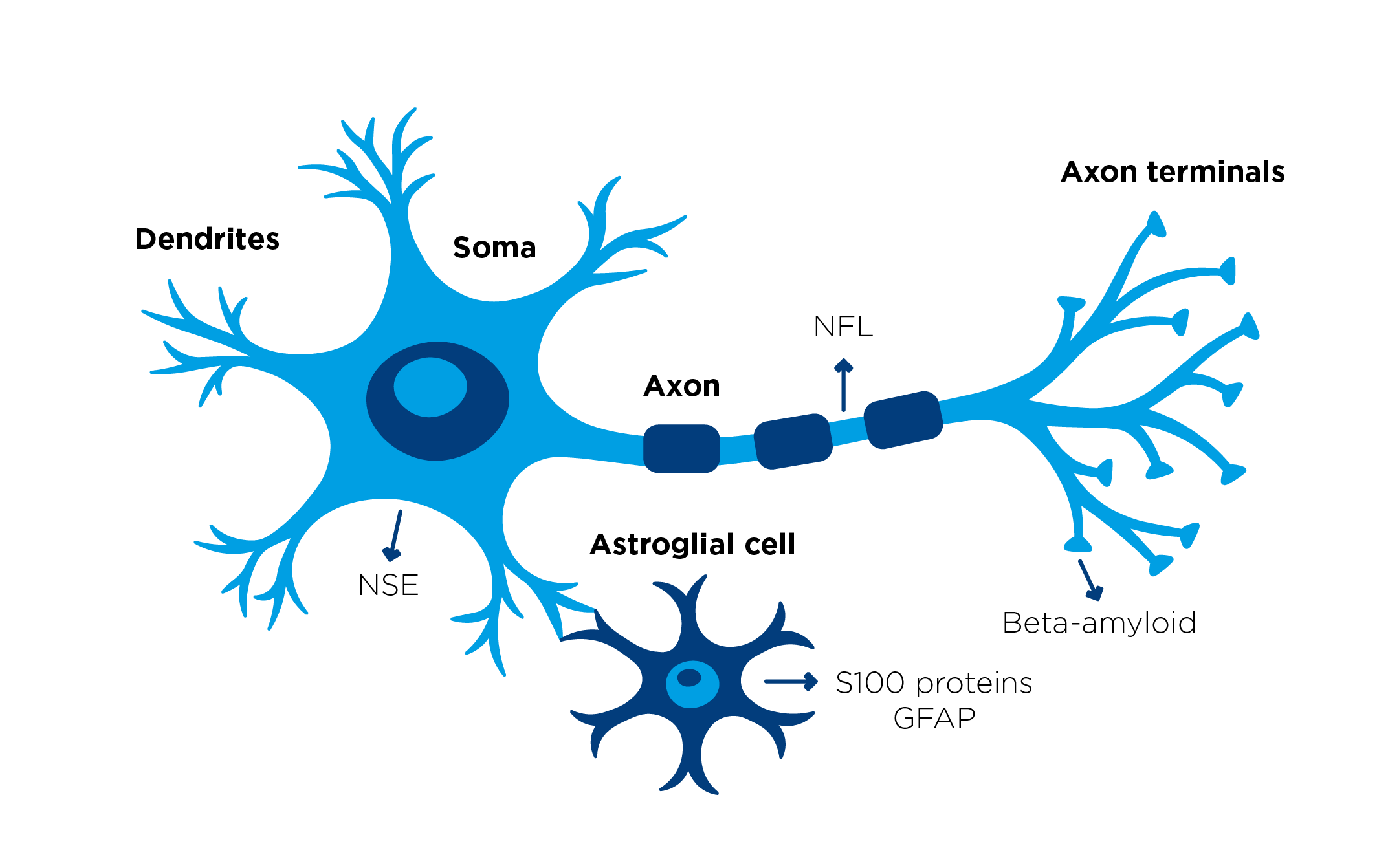The Brain Injury Association of America (BIAA) designates March as a month to raise awareness about brain injuries, a significant cause of death and impairment in the United States. Brain injuries are broadly categorized into two main types: traumatic and non-traumatic.
Traumatic Brain Injuries (TBIs) and Non-Traumatic Brain Injuries, also known as Acquired Brain Injuries (ABIs), are major health concerns worldwide, each stemming from external and internal causes, respectively. TBIs, affecting an estimated 55 million individuals globally, arise from various incidents, including concussions, shaken baby syndrome, closed head injuries, and penetrating injuries. (1)(2) These injuries are a leading cause of injury-related fatalities and disabilities, especially prevalent in lower- to middle-income countries. (3) TBIs can be acute or evolve into chronic conditions, increasing the risk of late-onset neurodegenerative diseases such as Parkinson's disease and dementia. (4) Conversely, ABIs result from internal factors like strokes, which disrupt blood flow and can cause both widespread and localized brain damage. Anoxic brain injuries, due to a lack of oxygen from events such as cardiac arrest or complications from general anaesthesia, can severely affect all aspects of an individual's functioning. Other causes like infectious diseases (e.g., meningitis, encephalitis), neurotoxic poisoning from substances like carbon monoxide, and brain tumors also contribute to significant, life-altering conditions.
Efforts to prevent, manage, and conduct research on brain injuries are essential in addressing this global health challenge. Traditional diagnostic and monitoring methods include neuroimaging techniques such as Magnetic Resonance Imaging (MRI) and Positron Emission Tomography (PET) scans. However, in the context of brain injuries, blood-based and cerebrospinal fluid (CSF)-based biomarkers offer the potential to enhance the standard of care, reduce health care costs, and shorten the time for diagnostics. They can also significantly improve accessibility for patients in remote areas.
Reflecting the multifaceted pathophysiological processes inherent in TBI, a range of biofluid-based protein biomarkers has been identified, each corresponding to specific types of neural damage or response. These include biomarkers for axonal injury, dendritic damage, neuronal cell body harm, demyelination, synaptic disruption, and injuries related to astroglia and microglia. For example, ubiquitin C-termnial hydrolase L1 (UCH-L1) and neuron-specific enolose (NSE) are TBI protein biomarker candidates with potential in vitro diagnostic, prognostic, and therapeutic development/monitoring applications for neuronal cell body injury. Glial fibrillary acidic protein (GFAP) and S100B are increasingly used in combination to test for astrogliosis and astroglial injury. For axonal injury, neurofilament light chain (NFL) is used alongside neurofilament medium chain (NFM) and neurofilament heavy chain (NFH). Myelin basic protein (MBP) is utilized to detect demyelination. (5)(6)(7) 
Brain Injury Awareness Month provides an invaluable opportunity to spotlight all aspects of TBI and ABI. HyTest offers an extensive range of neuroscience biomarker reagents. As the medical community delves further into the nuances of brain health and recovery, the potential of our neuroscience reagents ignites a hopeful outlook for the future. This vision extends beyond merely improving the management of brain injuries; it promises a brighter future for those who might be affected and their families, reinforcing the belief that there is always hope beyond trauma.
HyTest is also excited to announce our participation in the upcoming AD/PD 2024 conference in Lisbon. We look forward to the opportunity to meet with you.
Do you need samples? Browse our products, click the product you are interested in, and ask for samples on the product page!

References: